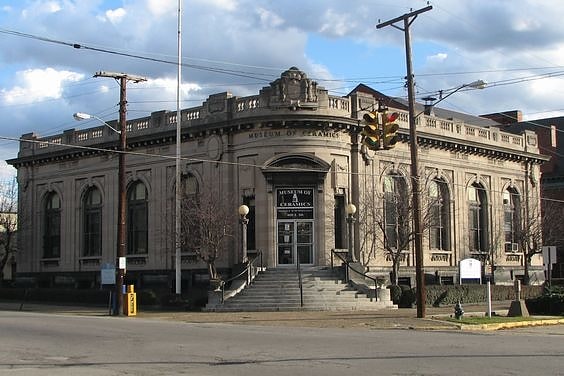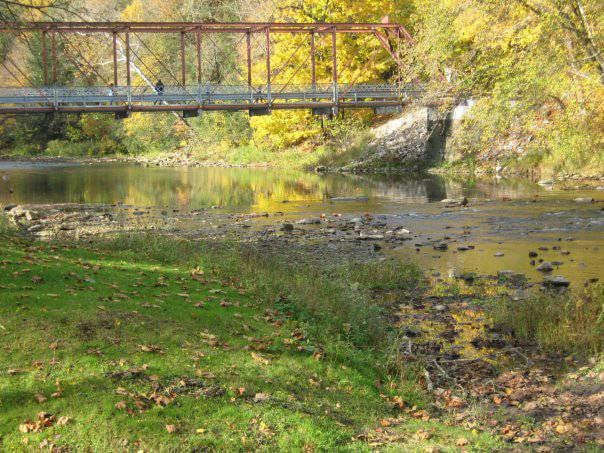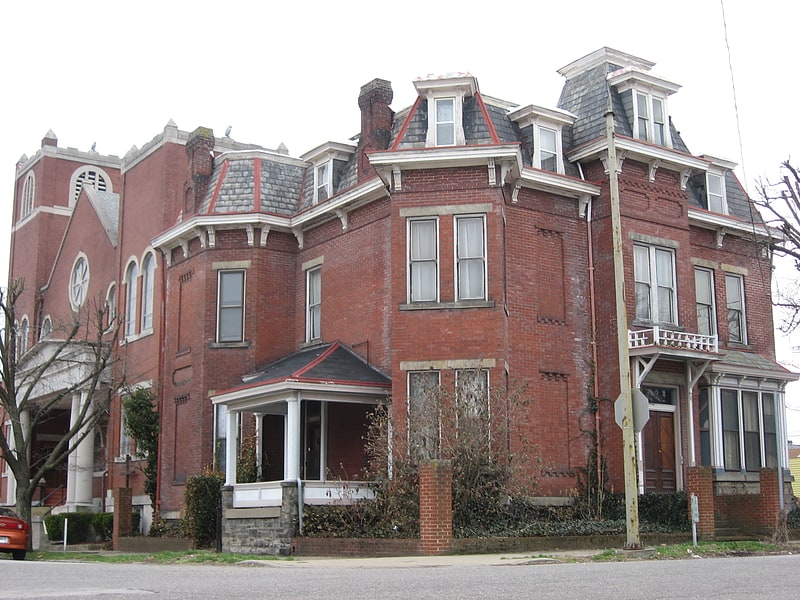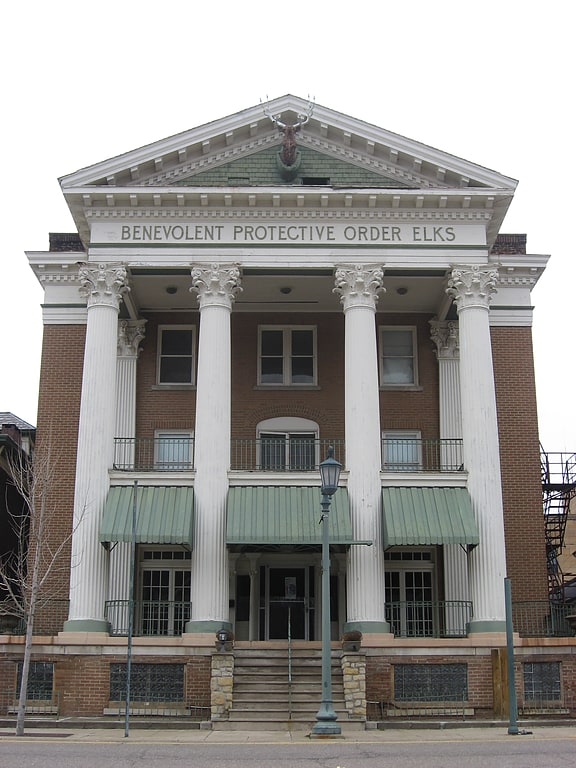Discover 7 hidden attractions, cool sights, and unusual things to do in East Liverpool (United States). Don't miss out on these must-see attractions: The Museum of Ceramics, City Hall, and Beaver Creek State Park. Also, be sure to include Odd Fellows Temple in your itinerary.
Below, you can find the list of the most amazing places you should visit in East Liverpool (Ohio).
Table of Contents
The Museum of Ceramics

Museum in East Liverpool, Ohio. The Museum of Ceramics, housed in the former East Liverpool Post Office, is a ceramics museum that contains an extensive collection of ceramic wares produced in and around East Liverpool, Ohio, United States. The museum is operated by a Museum of Ceramics Foundation and by the Ohio Historical Society in a city long known as "America's Crockery City" and "The Pottery Capital of the Nation."[1]
Address: 400 E 5th St, 43920-3134 East Liverpool
City Hall

Building in East Liverpool. The City Hall in East Liverpool, Ohio is part of the East Liverpool Central Business District multiple resource area. It was added to the National Register of Historic Places on November 14, 1985.
East Liverpool's City Hall was built in 1934 as a project of the Civil Works Administration. Stylistically, the building is an example of Art Deco architecture that was prominent in the 1930s. The two-story structure is constructed with sandstone.[2]
Beaver Creek State Park

State park, Park, Relax in park
Address: 12021 Echo Dell Rd, 43920-8786 East Liverpool
Odd Fellows Temple

Historical place in East Liverpool, Ohio. The Odd Fellows Temple in East Liverpool, Ohio, was built in 1907. It was listed on the National Register of Historic Places in 1985.
It was one of many buildings addressed in a study assessing historic resources in East Liverpool's central business district, a study resulted in the NRHP listing of several historic districts and buildings (including also Masonic Temple (East Liverpool, Ohio), Elks Club (East Liverpool, Ohio), and YMCA (East Liverpool, Ohio)).[3]
Ikirt House

Historical landmark in East Liverpool, Ohio. Ikirt House, in East Liverpool, Ohio, was built in 1888. The house is an example of a variety of architectural styles including Second Empire, Eastlake movement, and elements of Queen Anne style architecture. The house was listed in the National Register of Historic Places in May 1980.
Dr. George P. Ikirt (1852-1927) was a surgeon in East Liverpool. He was prominent in Democratic politics and served in the United States House of Representatives from 1893 to 1895.[4]
Elks Club

Historical landmark in East Liverpool, Ohio. The Elks Club in East Liverpool, Ohio was built in 1916. It was listed on the National Register of Historic Places in 1985.
The building was addressed in a study assessing historic resources in East Liverpool's central business district which resulted in the NRHP listing of several clubhouse buildings (including also Masonic Temple (East Liverpool, Ohio), Odd Fellows Temple (East Liverpool, Ohio), and YMCA (East Liverpool, Ohio)).[5]
Diamond Historic District

Historical place in East Liverpool, Ohio. The Diamond Historic District is a 2 acres area in downtown East Liverpool, Ohio. It is located at Market and East Sixth Streets. The area is triangular, bounded by three roads. The resulting area is known as "The Diamond"
"The Diamond" (pictured), erected by George Gaston in 1884, was the first four-story brick building in East Liverpool and is located in this district.
The district was added to the National Register of Historic Places in November 1985.[6]